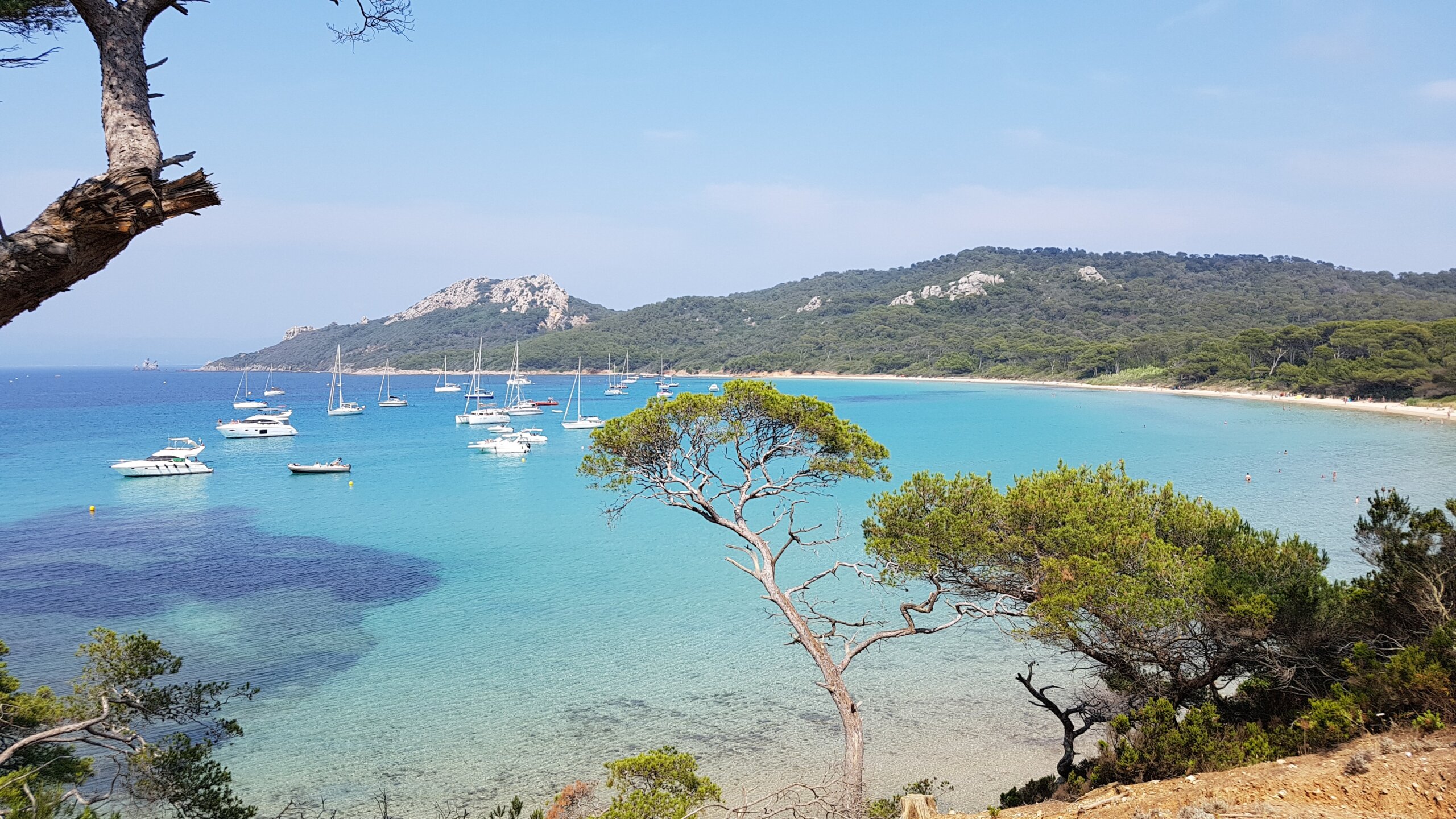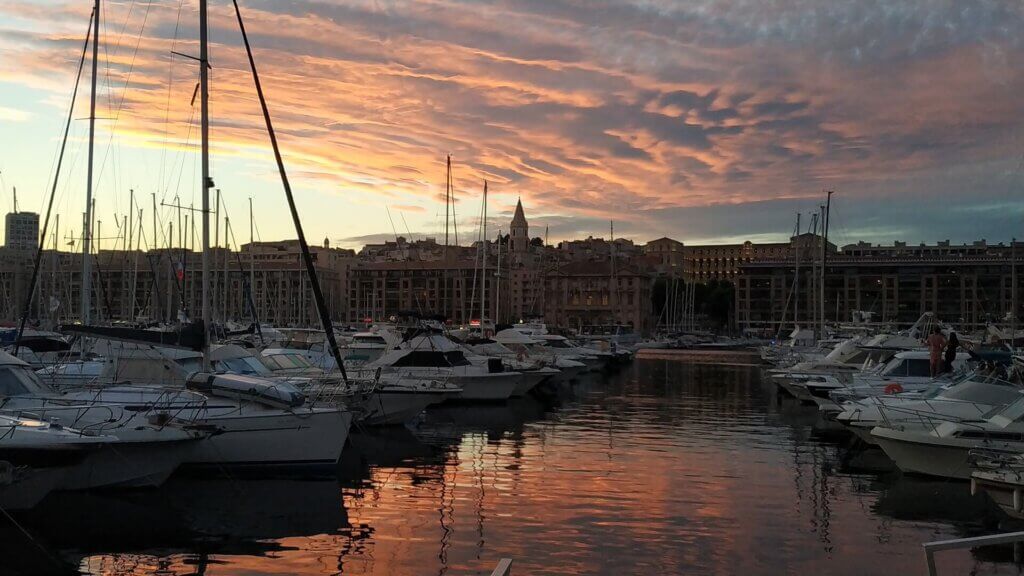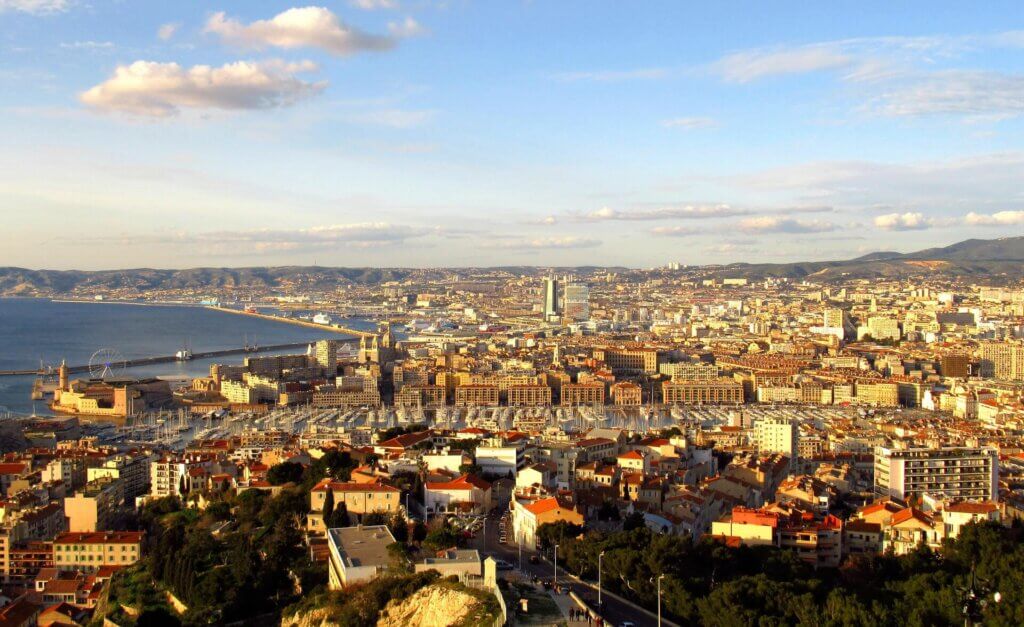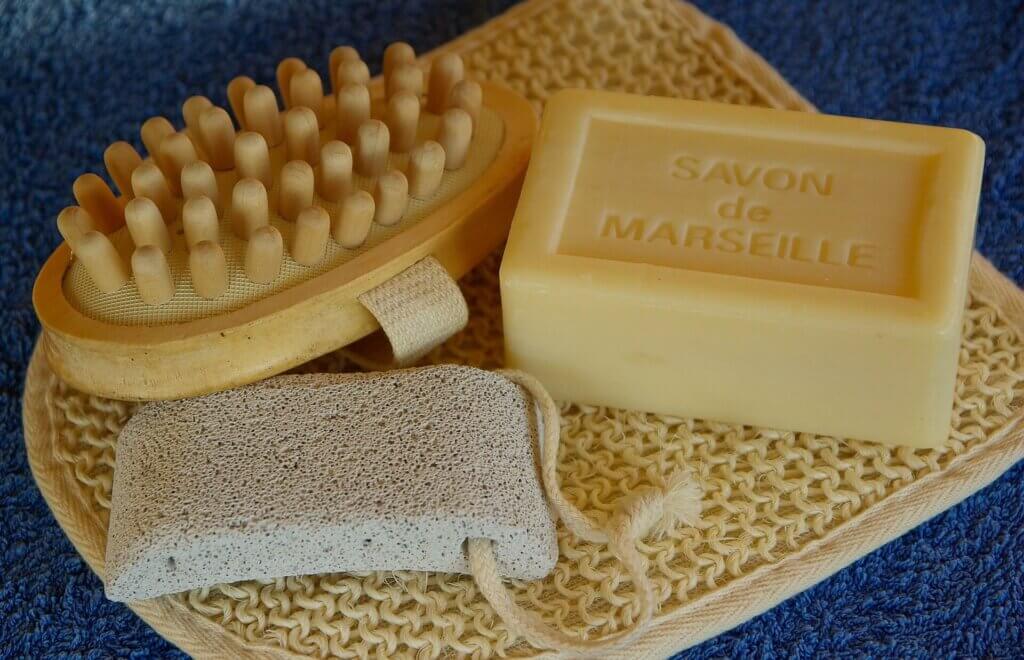Visiting Marseille, the second largest city in France and its most important port, is an exciting experience.
Founded by Greek settlers around 600 BC, it is the oldest city in France.
Marseille is a cosmopolitan city where the diversity of its huge percentage of immigrants from around the world makes it a modern and vibrant metropolis.
In this article we will tell you how to get a good overview of Marseille in a visit of just two days.
Join us!
Get to Marseille
Marseille is easily accessible from Paris, either by train to Gare Marseille Saint-Charles, or by road.
It is the cheapest big city to stay in France.
The great flow of immigration has made certain sectors of the city dangerous at night. For this reason, we recommend staying near Puerto Viejo.
It is a city with a huge number of immigrants. To give you an idea, 25% of the population is Muslim.
The Old Port
Le Vieux-Port (Old Port) of Marseille has been the city’s port since ancient times and today is the focal point of tourism. It is a mainly pedestrian site, where you can walk with the certainty that you are in a place with at least 2,500 years of history.
In the early morning, you can’t stop going to the fishermen’s market. There you will get in touch with the true spirit of the city: its cultural and ethnic diversity.
As a result of being declared Marseille Cultural Capital of Europe in 2013, the port was mainly converted into a pedestrian promenade and is currently undergoing major renovations and constructions, which will leave it with beautiful parks and public recreation sites.
What to do – Day 1
A 15-minute walk from the Old Port is the Marseille Cathedral. The architecture is a menage of the Byzantine and Romanesque. It dates from the end of the 19th century and was built on top of an older basilica from the 12th century.
Some of its parts, such as the choir and a nave, are preserved from the old cathedral.
It is the largest cathedral in terms of length in all of France: 146 meters. Notre-Dame de Paris is 127 meters high.
It is open every day
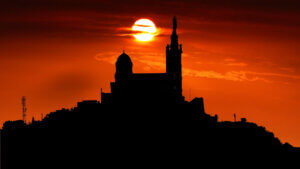 Another notable church is the Basilica of Notre-Dame de la Garde, on top of a promontory 150 meters high.
Another notable church is the Basilica of Notre-Dame de la Garde, on top of a promontory 150 meters high.More than anything else, this church is the symbol of Marseille par excellence. On the way to the cathedral, there is a viewpoint from where you can see the city of Marseille. Its interior is in a Byzantine style with incredible mosaics and stained glass.
From this height, the sunset is an unmissable spectacle. It can be reached on foot, but it is a more suitable path for penitent pilgrims. For the less adventurous, there is a funicular.
Another activity that you should not miss is trying the Bouillabaisse Fish Broth. Its origin is that the fishermen made this broth with fish that were not sold.
It is that mixed variety of fish of various species and a selection of herbs and spices that varies from recipe to recipe and from family to family that makes this soup so delicious and unique.
A symbol of the city is the artisan manufacture of soap. The world famous Marseille Soap has been made with natural vegetable oils for six centuries!
You can see the manufacturing process in one of the five traditional factories that still exist. We buy several pills and they are exquisite.
What to do – Day 2
The Calanques National Park was established as such in 2012.
It is a coastal place with beautiful scenic views and fabulous Mediterranean beaches.
The beaches are accessed on foot and it is not recommended to go with children because the path is made of rocky formations and is very steep. Then you have to go through a forest.
On the beach itself, you must be wearing sandals, because the sand is made up of small ‘stones, as is usually the case in the Mediterranean.
The waters of Les Calanques are an intense blue. Do not go in summer, because excessive tourism can ruin the experience. Try to go in spring or fall, when the waters are still warm and the number of visitors decreases considerably.
Conclusions
If you want to combine the life of a cosmopolitan city, cultural diversity, perfect climate and natural beauties, we cannot imagine many places as remarkable as Marseille.
The French national anthem was first sung in Paris by volunteers from Marseille, hence its name La Marsellaise. Marseille is also a tolerant city, as demonstrated during the ethnic riots in France in 2005, which shook several cities and during which Marseille remained calm.
Of course, there’s a lot more to see than you could in a couple of days, but if you’re tight on time or money, this two-day Marseille look is well worth it.
